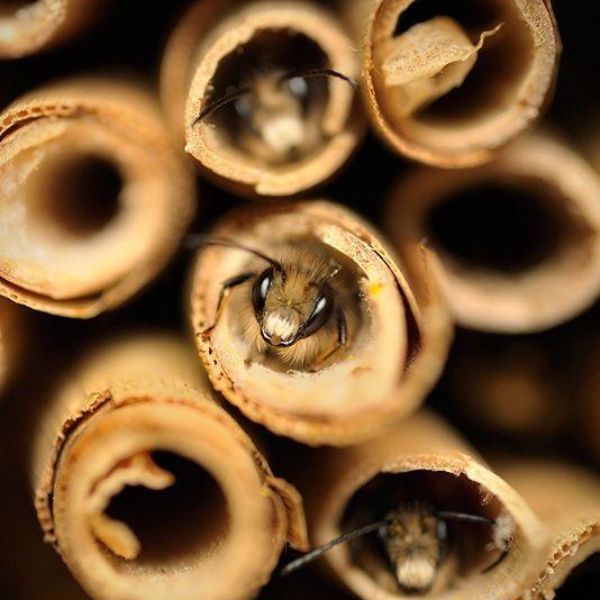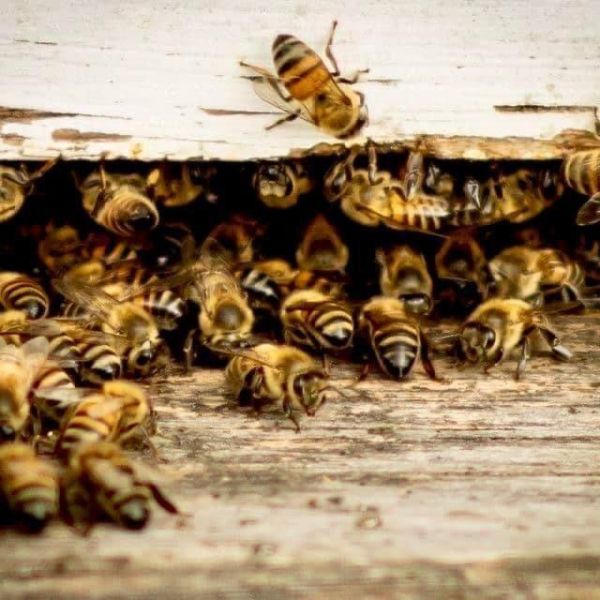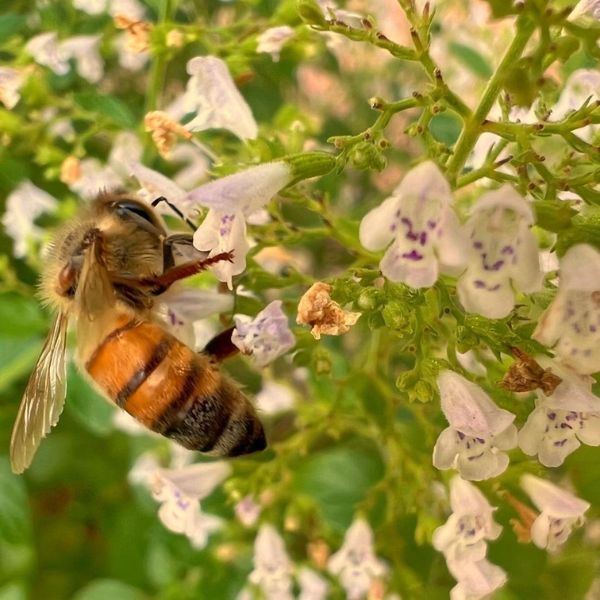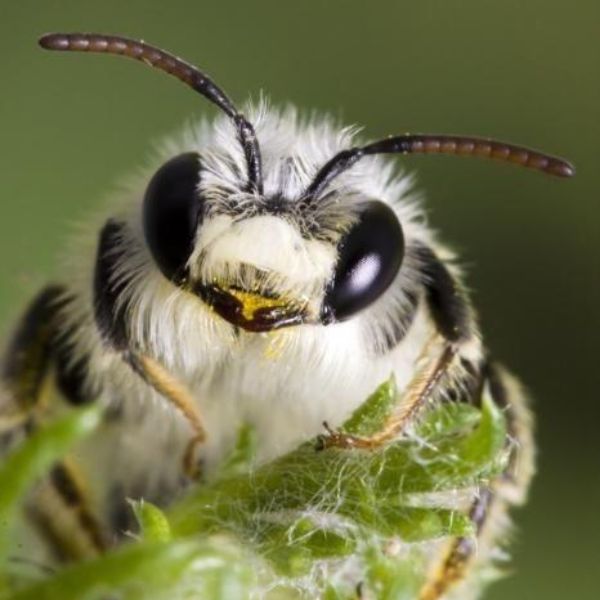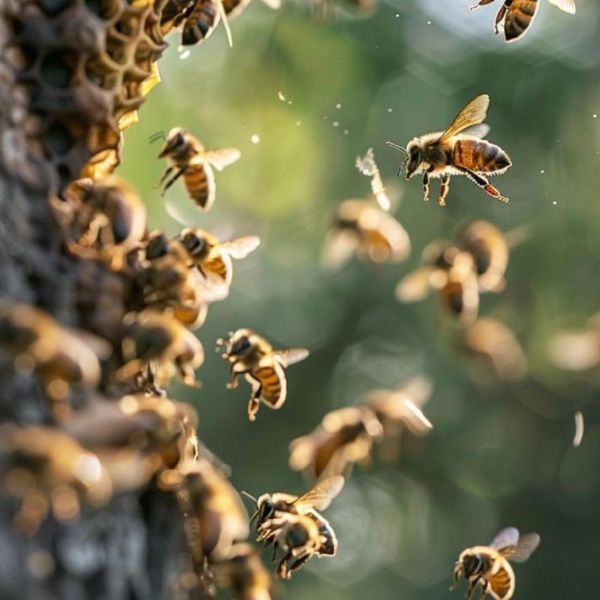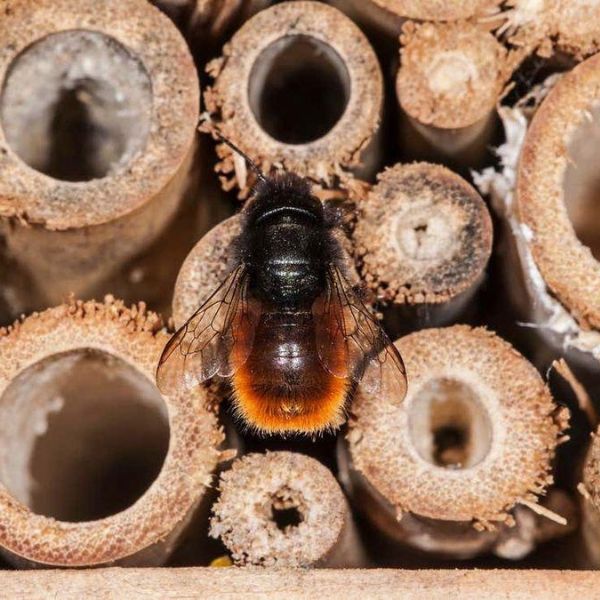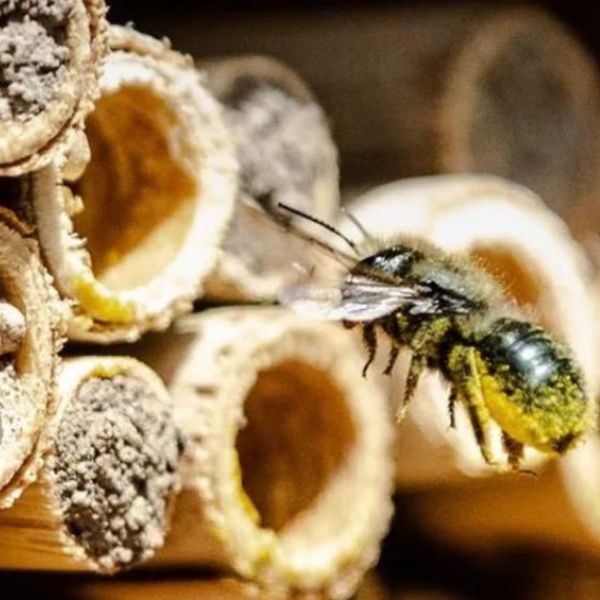Mason Bees
The Essential Pollinators
Learn about the vital role Mason Bees play in our ecosystem.
What are Mason Bees?
Mason Bees are solitary, gentle-natured pollinators that play an essential role in supporting gardens, fruit trees and natural ecosystems around the world. Unlike Honeybees, Mason Bees do not live in colonies or produce honey. Each female Mason Bee works independently to build her nest, often using wood holes, or specially designed bee houses. Their name comes from the way they use mud like little masons to seal off individual chambers within their nests.
The Life Cycle of a Mason Bee
The life cycle of a Mason Bee begins in early spring. When temperatures reach approximately 55 degrees fahrenheit, the adult bees emerge from their winter cocoons. After mating, females begin the task of locating a nesting site. Each nest consists of a series of chambers, each filled with a mixture of pollen and nectar and sealed with mud after an egg is laid inside.
The eggs hatch into larvae, which feed on the stored pollen and nectar and spin cocoons. By late summer, they develop into adult bees but remain inside the cocoons throughout the fall and winter months. They emerge the following spring to repeat the cycle.
The Habitat and Needs of Mason Bees
Mason bees thrive in environments rich with early blooming flowers and need access to moist mud for nest construction. Mason Bees are native to many regions across the globe and are especially effective at pollinating fruit trees and spring blossoms. Because they are not aggressive and easy to care for, Mason Bees are a favorite for gardeners and farmers.
10 Amazing Facts about Mason Bees
Discover the Fascinating World of Mason Bees: From Their Unique Abilities to Their Role as Nature’s Best Pollinators
1.
There are 342 species of Mason Bees worldwide, with 139 of them living in North America!
2.
Mason Bees do not sting! Because they do not have a queen to defend or a hive to protect, Mason Bees rarely sting. They are very passive compared to other types of bees. Female bees will only sting when absolutely necessary, and males do not have a stinger at all!
3.
Mason Bees do not make honey. Other types of bees make honey as a means of nourishment for the Queen, the colony, and future generations of bees. Mason Bees are solitary in nature and live on their own. Their main focus is pollinating. They are better pollinators than honeybees and bumblebees, and they pollinate over 95% of the flowers that they visit!
4.
A Mason Bee’s diet consists of pollen, nectar, and honey. As they eat, Mason Bees collect pollen on their bodies, which is then transported back to the nest to feed their larvae. Nectar is a sugary substance collected from flowers that provides energy for the bees. Pollen is rich in protein and is especially important for the development of young bees.
5.
The lifespan of a Mason Bee is only 6 weeks. Their life cycle begins when they emerge from their cocoons in the spring as adults and ends shortly after completing their reproductive duties. Their larval offspring then live in the nest, eating stored pollen and nectar until they emerge the following spring as adults, and the life cycle continues.
6.
A Mason Bee’s sense of smell is 100 times more powerful than a human’s!
7.
Mason Bees have extraordinary eyesight. While humans only have one lens per eye, Mason Bees have two, large compound eyes that each contain over 5,000 lens parts. These parts are called ommatidia.
8.
A female Mason Bee will lay approximately 30 eggs over the course of a month.
9.
Mason Bees can not see the color RED.
10.
A Mason Bee’s wings fly like the propellers of a helicopter at a rate of 200 beats per second. They fly at an average of 15 miles per hour.
Unlock the Secrets of Mason Bees: A Talk by Laura Klahre on Pollination and Regenerative Farming
Mason bees are gentle and highly effective pollinators, perfect for enhancing your spring outdoor activities. In this insightful talk by Laura Klahre, presented by Kimberly Simmen of ReWild Long Island, learn everything you need to know about becoming a successful Mason bee rancher. Discover how these bees can help pollinate your garden while also supporting regenerative farming practices.
About the Speaker:
Laura Klahre, founder of Blossom Meadow Farm in Southold, NY, has a rich background in conservation work with the Dept of Interior, Peconic Estuary Program, and The Nature Conservancy. Since 2009, her farm has specialized in growing organic berries and raising Mason bees for sale. Known for her passion for pollinators, Laura’s farm embraces regenerative agriculture, improving soil health while producing award-winning jams and premium fruit.
Watch the full talk: Fall In Love With Mason Bees: A ReWild Talk by Laura Klahre
Discover Blossom Meadow Farm: Organic Berries, Award-Winning Jams, and Mason Bees
Blossom Meadow Farm, located in Southold, NY, is a regenerative farm that specializes in organic berry cultivation and Mason bee ranching. Since 2009, Laura Klahre has been growing award-winning jams and raising Mason bees for sale as cocoons. The farm embraces nature to improve soil health and produce premium, sustainable fruit. With a focus on environmental stewardship and pollinator support, Blossom Meadow Farm is a perfect example of regenerative agriculture in action.
Explore their shop and discover the farm’s delicious jams and Mason bee products!
Explore the World of Mason Bees
Discover stunning images and learn more about the fascinating life of these essential pollinators.
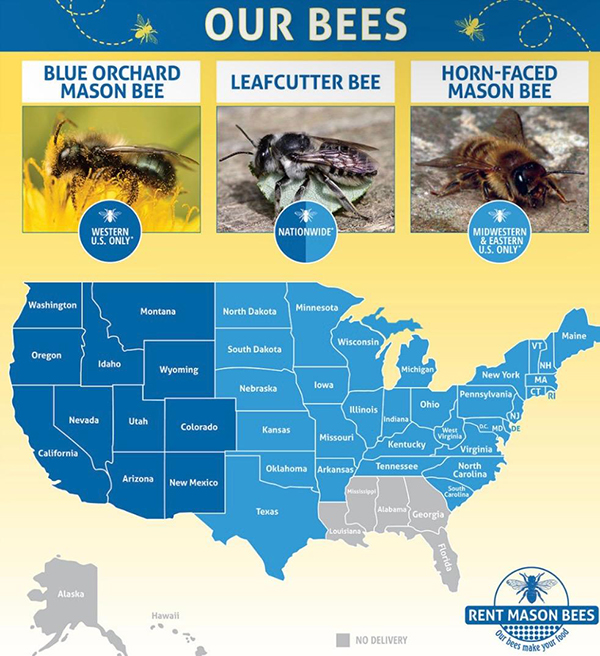
Empowering Change: The Girl Scouts Silver Award and Our Mission
The Silver Award is a prestigious achievement, recognized for its impact on the community. It’s the second highest award a Cadette Girl Scout can earn, involving a collaborative “Take Action” project to address a community issue. Essentially, it signifies leadership, effort, personal values, and service to the community.
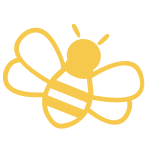
Purpose
The Silver Award is a way for Girl Scouts to make a difference in their communities by taking action to address issues they care about.

Process
Girl Scouts work in small groups (2-4) or individually to research a community issue, develop a plan to address it, and then implement a project that can lead to lasting change.

Requirements
Each Girl Scout must contribute at least 50 hours to the project.

Key Elements
The Silver Award project is a “Take Action” project, meaning it aims to address the root cause of an issue and have a long-term impact.

Differentiation from Community Service
While a Silver Award project can include community service, it’s different in that it focuses on addressing the root cause of a problem and creating a sustainable solution.

Progression
The Silver Award helps prepare Girl Scouts for the Gold Award, which is the highest award in Girl Scouting.
In essence, the Silver Award encourages Girl Scouts to be active leaders and agents of change in their communities.
Who We Are
Meet the Girls

Maya Benjamin
Communications and Logistics Manager

Emma Ryan
Supply and Donations Coordinator

Sophie Clayton
Content Creator

Taylor Dara
Construction and Logo Designer
Community Partners

Dr. Monica Zenyuh
Harborfields School Teacher/Silver Award Advisor

Chris Dara
President of IT in Demand/Project Consultant

Trisha Schlackman
Turnpoint Media Communications Group/Website Developer

Laura Klahre
Blossom Meadow Farm- Jammer/Bee Rancher/Berry Farmer
Copyright 2025. Privacy Policy. References.
Website designed by Turnpoint Media.




